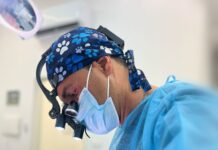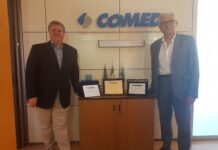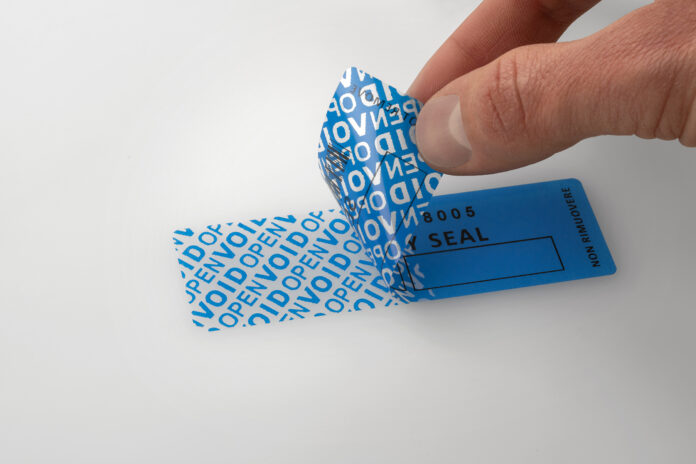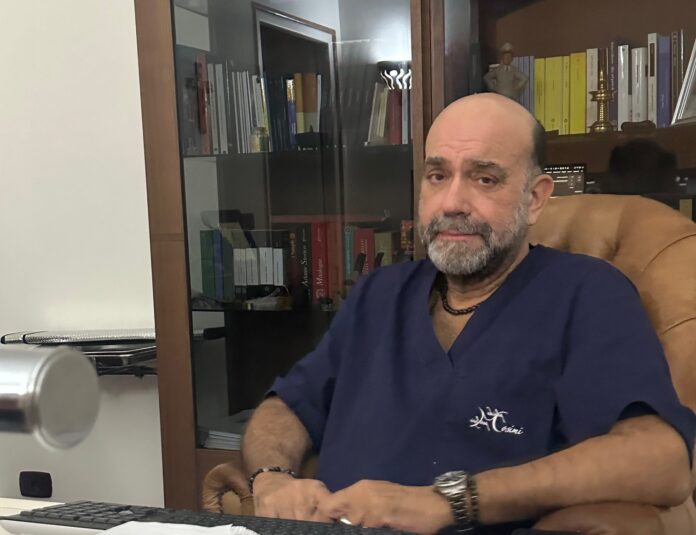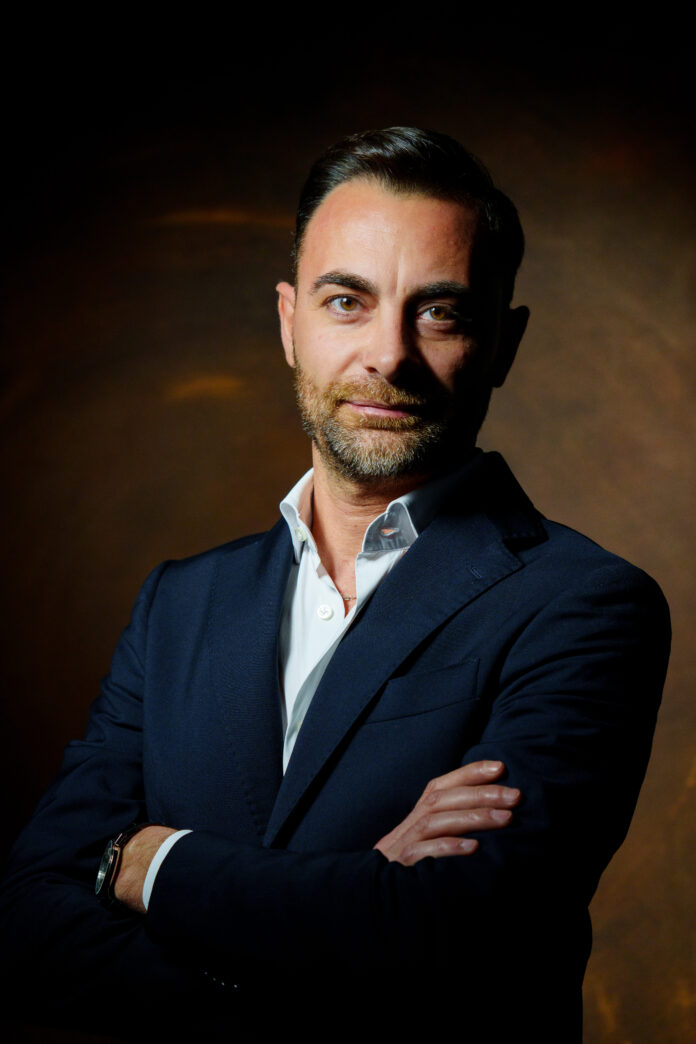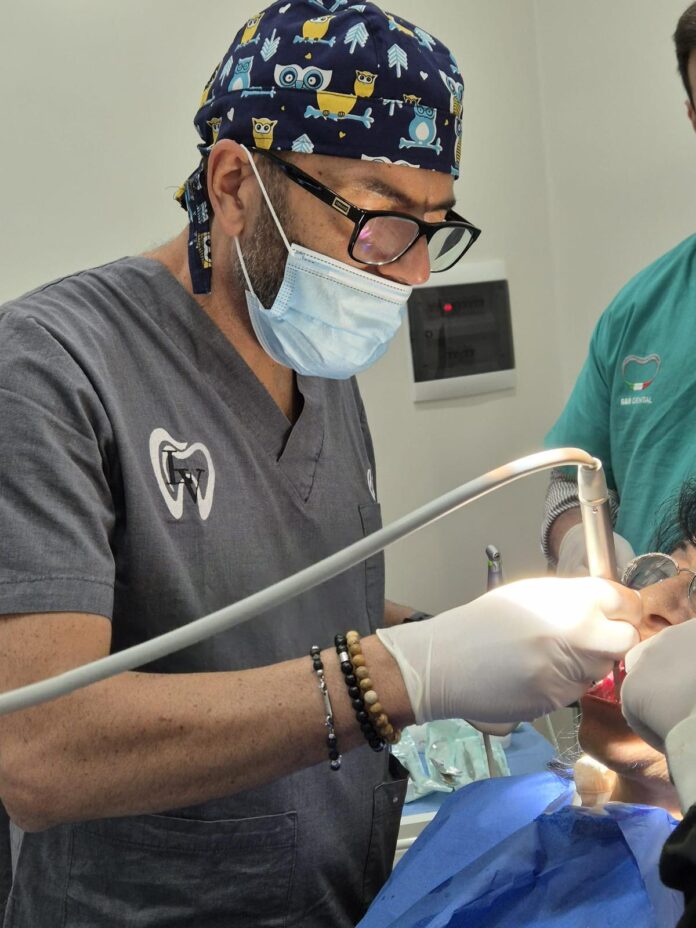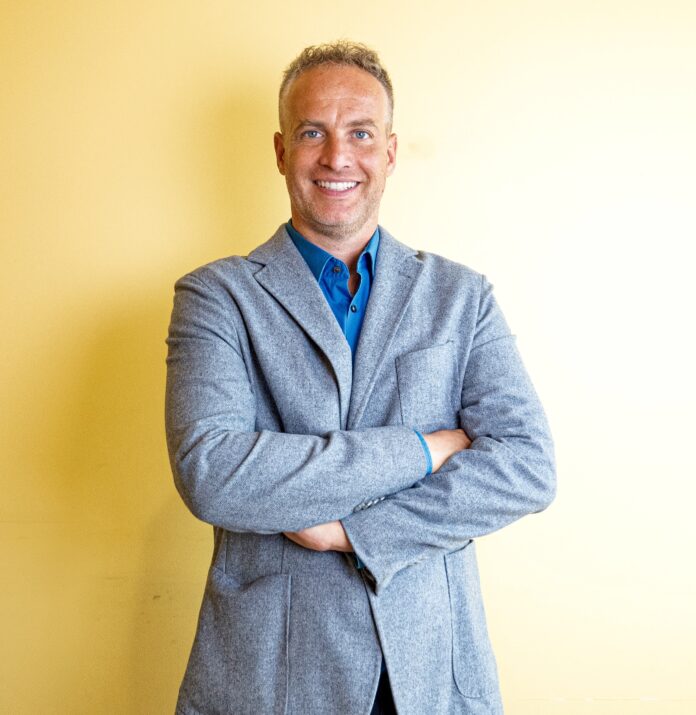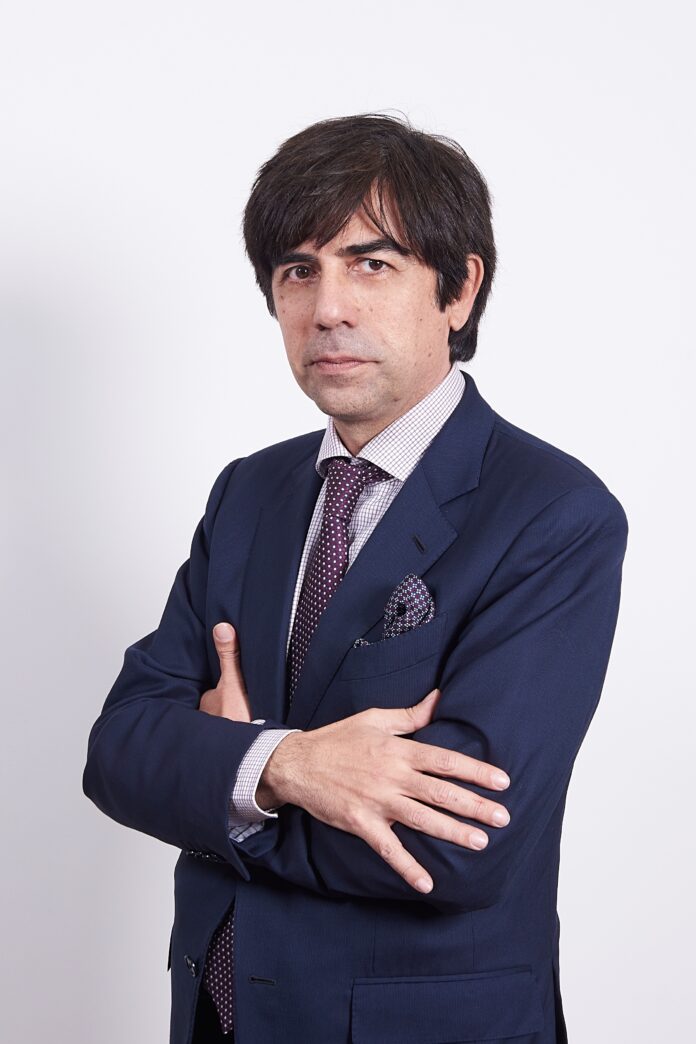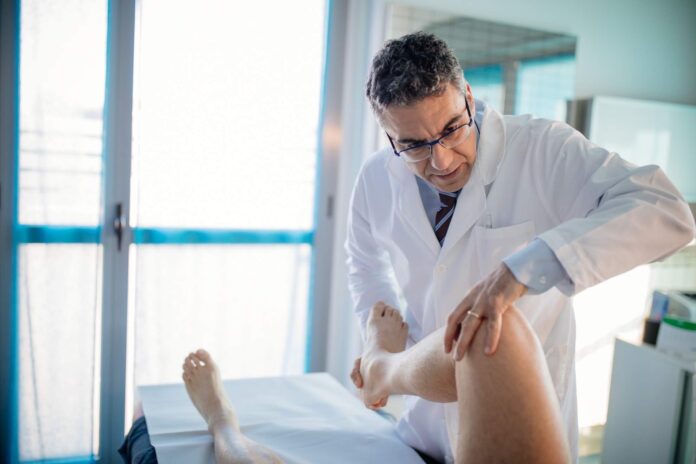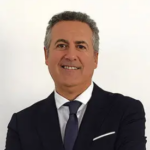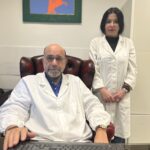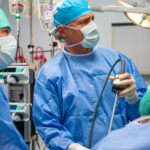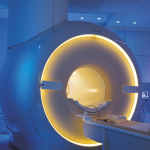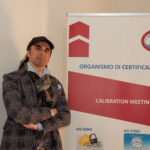“In 2024, the certification market in Italy achieved exceptional results, with a direct impact on GDP estimated to have exceeded €11 billion, equivalent to around 0.6% of the national gross domestic product, and providing a strong boost to employment growth,” says Manolo Valori, Technical Director of CVI Italia, the Italian branch of the Slovak group CVI SRO.
by Roberta Imbimbo

Dr. Valori, what has been the economic impact of the certification sector in Italy in 2024?
According to data provided by Accredia, the sole national accreditation body, in 2024 the certification sector generated direct revenue exceeding €2.5 billion, marking a 12% increase compared to the previous year. This figure confirms a positive trend that is expected to continue in the coming years, demonstrating the growing importance of certifications for Italian companies, which continue to invest in key areas such as quality, safety, sustainability, and innovation. This is because certifications are no longer viewed merely as tools for regulatory compliance, but rather as true drivers of strategic economic development that enable companies to respond more effectively to the demands of an increasingly competitive and ever-evolving economic environment.
The certification sector has also had a clearly positive effect on employment levels.
Absolutely! The certification market is creating new highly specialized professional roles. Currently, around 30,000 professionals are directly employed in this sector; however, this number is expected to grow even further in the future, as certifications are increasingly becoming a necessary requirement for companies that want to maintain a competitive position in the global marketplace. Companies that adopt ISO certifications optimize their operational efficiency and internal processes, and promote a corporate culture focused on continuous improvement—with clear returns in terms of productivity and profitability. According to Accredia, certified companies report revenue growth rates over 15% higher than non-certified businesses. They also invest more in employee training, directly impacting professional skills and innovation. In addition to professionals directly employed in the certification sector, there is also a vast and dynamic supply chain that contributes equally significantly to the country’s economic growth. It is worth noting that Italy holds a leading global position in the field of ISO certifications, particularly ISO 9001, which certifies the implementation of quality management systems. With over 99,000 active certifications, Italy ranks second worldwide—only behind China, which has approximately 130,000 ISO 9001 certifications. Italy is also a key player in the field of occupational health and safety, ranking second globally in terms of ISO 45001 certifications, with more than 15,000 active certifications.
Can certifications become a real engine of growth for SMEs?
SMEs are the backbone of Italy’s economic system. They make a significant contribution to GDP and are a primary source of employment. However, despite their value, SMEs often face many challenges that test their competitiveness. Among the main difficulties are the increasingly aggressive competition from large multinational corporations, which benefit from financial resources and scale that SMEs cannot always match, and the constant need to quickly adapt to changes in a global market that is constantly evolving. In this context, ISO certifications can become a crucial tool for SMEs, enabling them to compete on equal footing with large multinationals by improving their organization, efficiency, and production quality.







